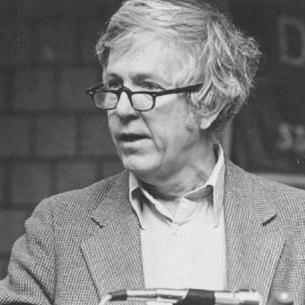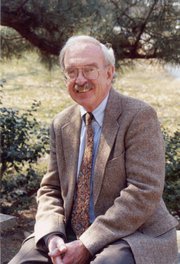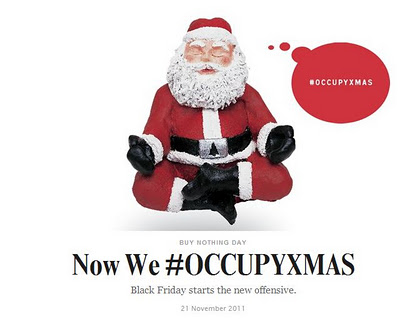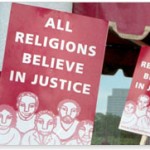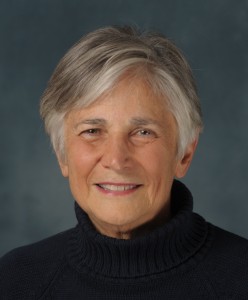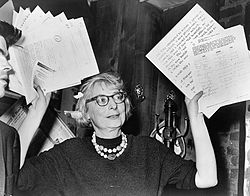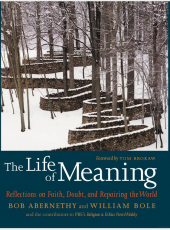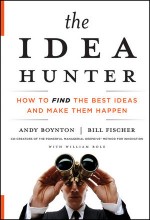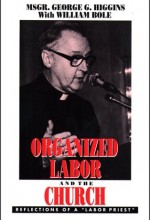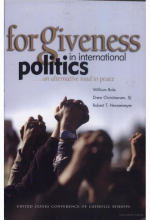TheoPol has been out in fora land this week, attending two public forums and a few less-public discussions in Washington and Chestnut Hill, Massachusetts. The public highlights were “Election 2012: The Values Behind the Issues,” a forum sponsored by Georgetown University’s Woodstock Theological Center on Tuesday night; and “Is Religious Liberty Under Threat in America?” held one night later at Boston College under the auspices of BC’s Church in the 21st Century Center and Law School. Here are some noteworthy remarks by the notable speakers at those events.
Heard in Georgetown
E.J. Dionne of Brookings Institution and the Washington Post: The Catholic Church’s job in the political order is “to make us all feel guilty about something, to force liberals to think about the life issues and force conservatives to think about the poor. The Church now may be falling down on about half its job, making only half of us [the liberals] feel guilty…. I worry very much that the focus is on attempting to push Catholic social teaching and social justice to the back of the bus.”
Amy Sullivan of Time magazine, referring to explanations by spokesmen for the bishops that they haven’t the time to address both social issues like abortion and matters like peace and justice: ”The bishops are certainly skilled enough to walk and chew gum at the same time.”
David Gibson of Religion News Service, adapting a witticism often heard in relation to American Jews: “Mormons really are like everyone else, but only more so…. They’re clean-cut, clean-living. They lead upstanding lives. They’re the perfect amalgam of the American dream and the Protestant ethic.”
Tom Roberts of the National Catholic Reporter, after citing an Illinois Catholic bishop who compared “extreme secularist” President Obama with Hitler and Stalin: “When you’re using the most extreme language, there’s no way to step back, no way to admit nuance or different ways to think about an issue…. Religion in the public realm is almost destroying itself, because it isn’t real religion. It’s politics.”
… in Chestnut Hill
The Rev. J. Bryan Hehir of Harvard Divinity School, speaking of the mandate for contraception coverage in President Obama’s healthcare reform law and efforts to reach a compromise with Catholic institutions that oppose the mandate: “You go for the [negotiated] common ground, but if you can’t get to common ground, you keep the law and allow a broad exemption” for all religious institutions.
Cathleen Kaveny of Notre Dame Law School, on that same point: “We’ve got to protect religious institutions, but I keep thinking of the people who work for them and who might not agree with them [about the alleged immorality of artificial contraception]. What do we owe to the people who disagree with them?”
John Allen of the National Catholic Reporter, on the largely ignored question of religious liberty worldwide and the estimated 150,000 Christians who die in sectarian violence each year: “In the past hour, 17 Christians have been killed on this planet.”
Vincent Rougeau, dean of Boston College Law School: “We need to think about how we could engage [and support] Christians and other religious believers around the world,” in a genuine campaign for religious freedom. …read more

